28 Best Things to See and Do in Nagoya
Regarding rich history, diverse culture, and many attractions, Nagoya outshines many cities in Japan. Nagoya is located between Tokyo and Kyoto…

Regarding rich history, diverse culture, and many attractions, Nagoya outshines many cities in Japan. Nagoya is located between Tokyo and Kyoto…
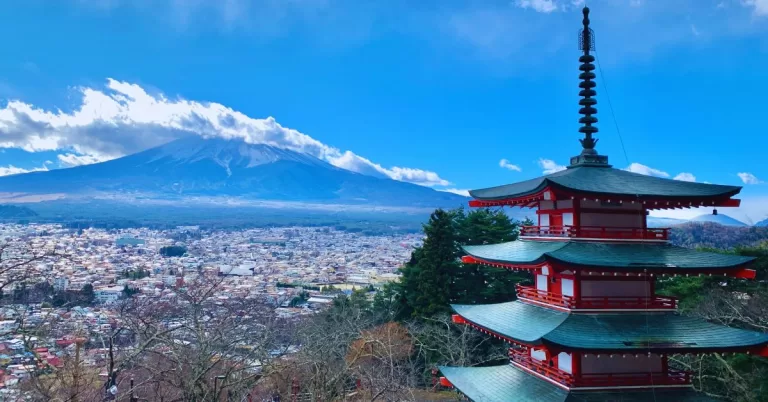
There are many best views of Mount Fuji in Japan, offering breathtaking vistas of Japan’s iconic and revered volcano. Whatever location…
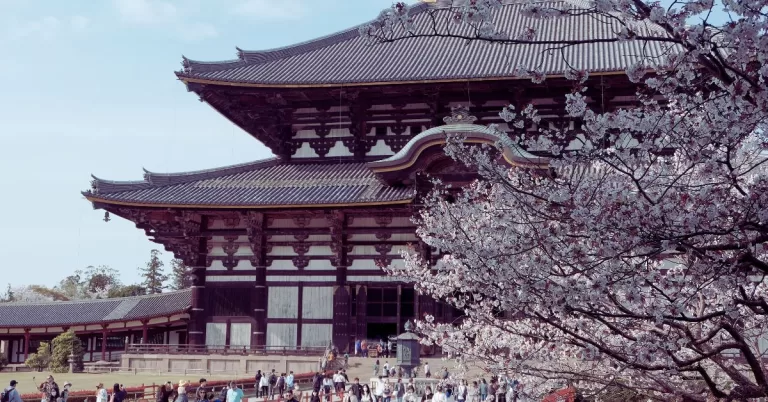
Discover the best things to see and do in Nara, an enchanting city steeped in history and culture. As one of…
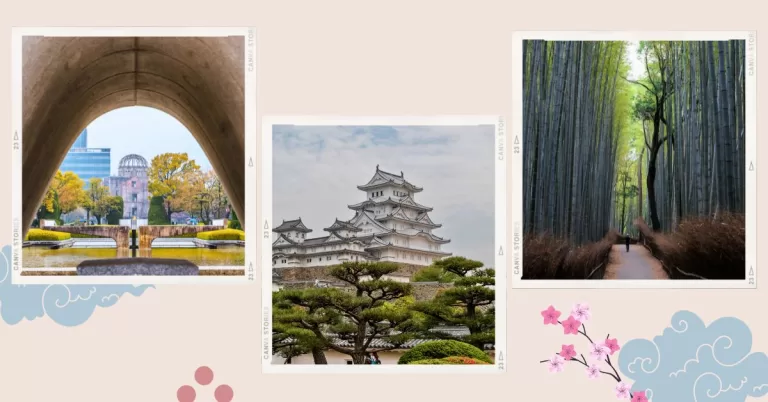
Japan offers a plethora of stunning locales to explore, and with Kyoto as your home base, an array of intriguing destinations…
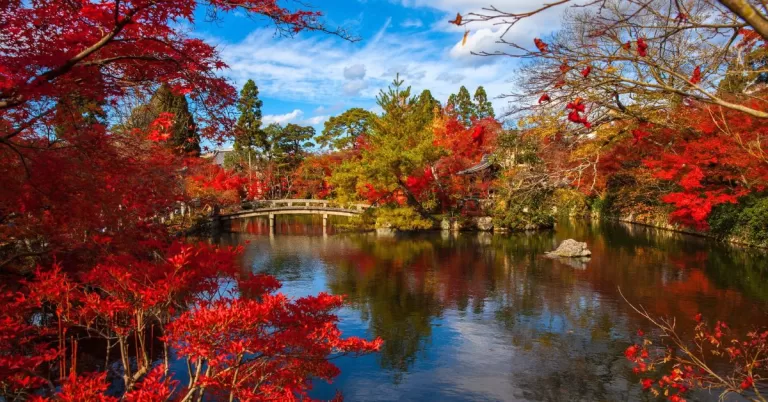
If you’re looking for the Best Places for Fall Foliage in Japan, then this post is for you. Japan’s autumn season…
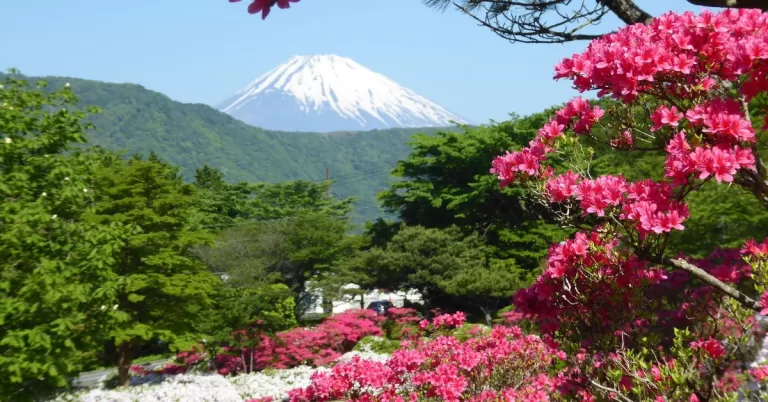
Looking for the Best Historical Sites to Visit in Japan? Prepare to be enchanted by a country steeped in rich history…

Best Things to See and Do in Sapporo: Tourist Must-See Attractions and Activities The bustling city of Sapporo is found on…
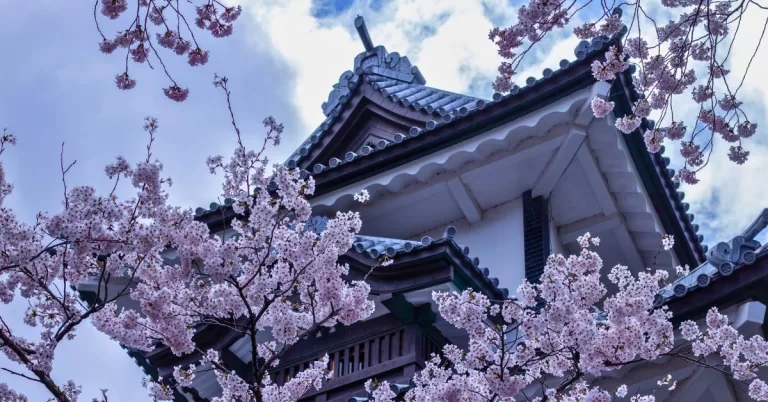
Kanazawa, located on the Sea of Japan coast, boasts a rich heritage due to its status as one of Japan’s richest…
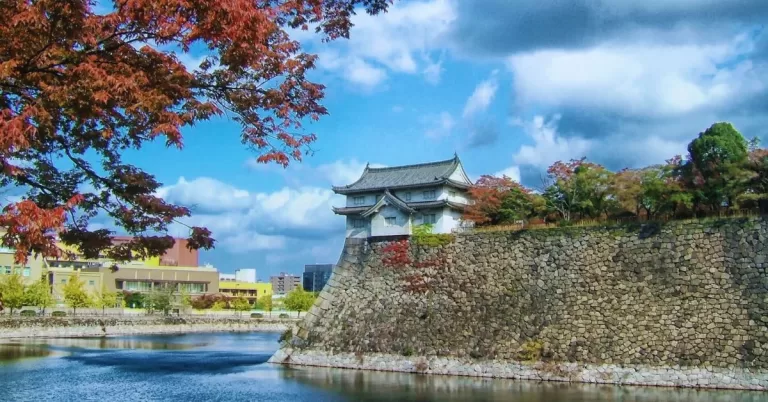
Are you looking for the best things to see and do in Osaka? Look no further! Osaka offers a variety of…

Nestled in the mountains southwest of Tokyo, Hakone offers the quintessential Japanese retreat with its stunning scenery, endless onsen hot spring…
End of content
End of content